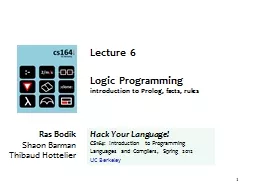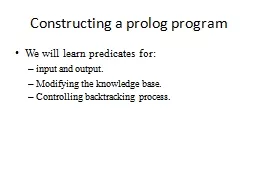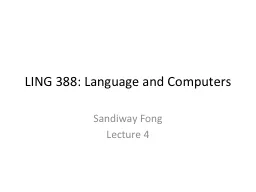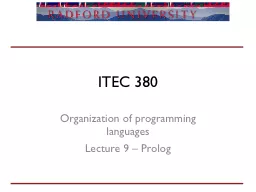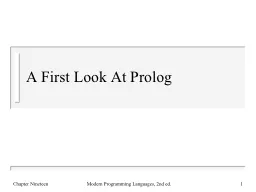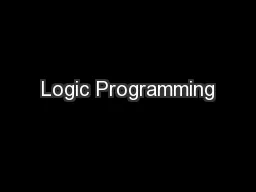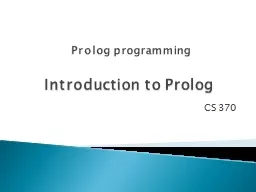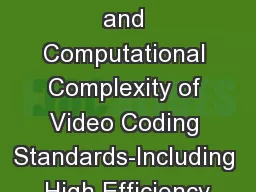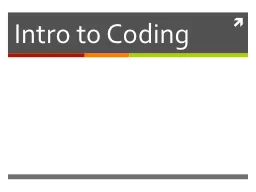PPT-Developing Prolog Coding Standards
Author : celsa-spraggs | Published Date : 2016-06-14
Michael A Covington Institute for Artificial Intelligence Copyright 2011 Michael A Covington andor The University of Georgia Reuse or redistribution without the
Presentation Embed Code
Download Presentation
Download Presentation The PPT/PDF document "Developing Prolog Coding Standards" is the property of its rightful owner. Permission is granted to download and print the materials on this website for personal, non-commercial use only, and to display it on your personal computer provided you do not modify the materials and that you retain all copyright notices contained in the materials. By downloading content from our website, you accept the terms of this agreement.
Developing Prolog Coding Standards: Transcript
Download Rules Of Document
"Developing Prolog Coding Standards"The content belongs to its owner. You may download and print it for personal use, without modification, and keep all copyright notices. By downloading, you agree to these terms.
Related Documents




